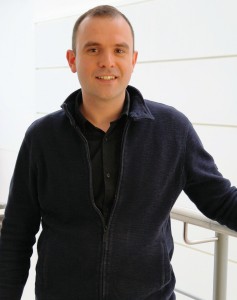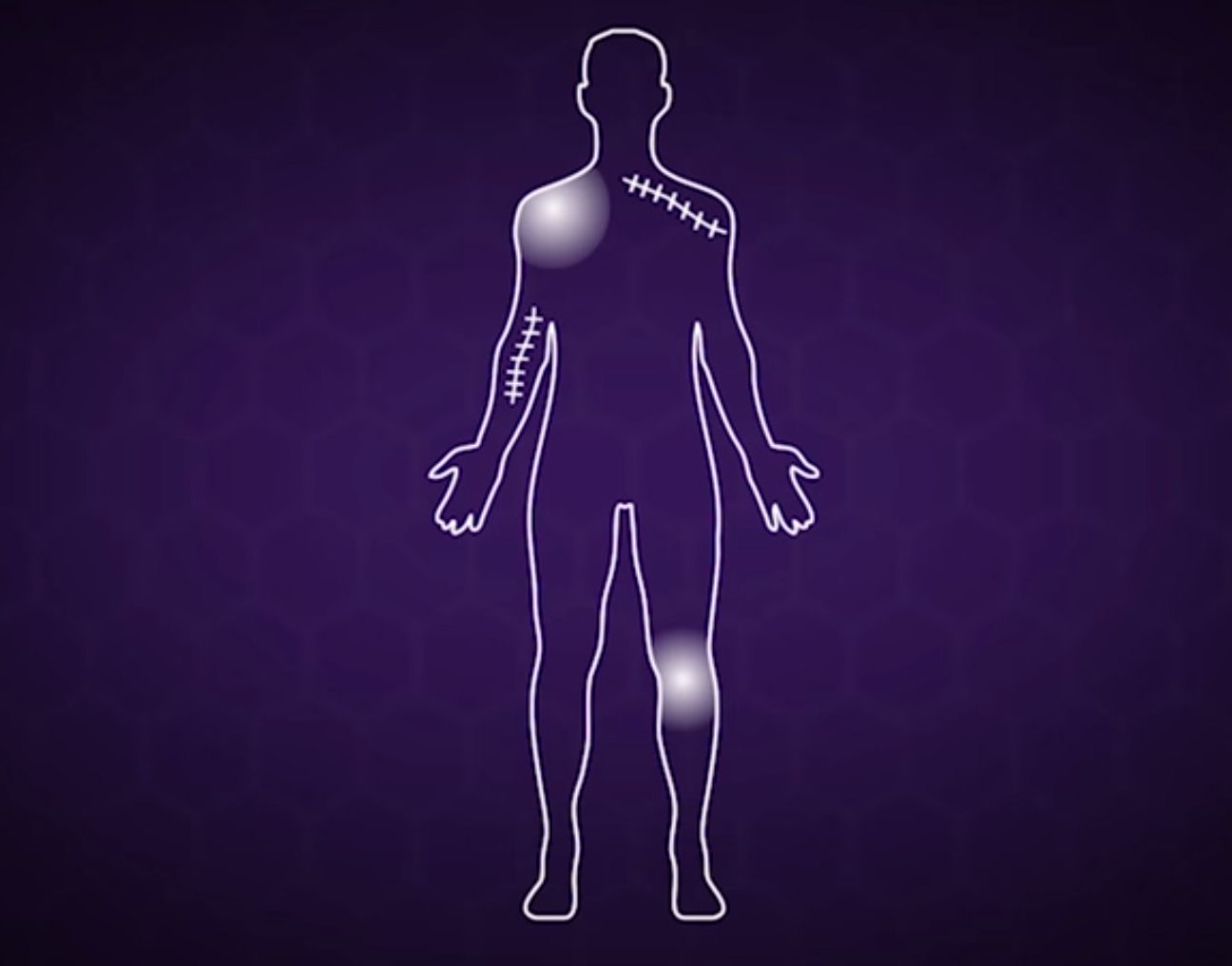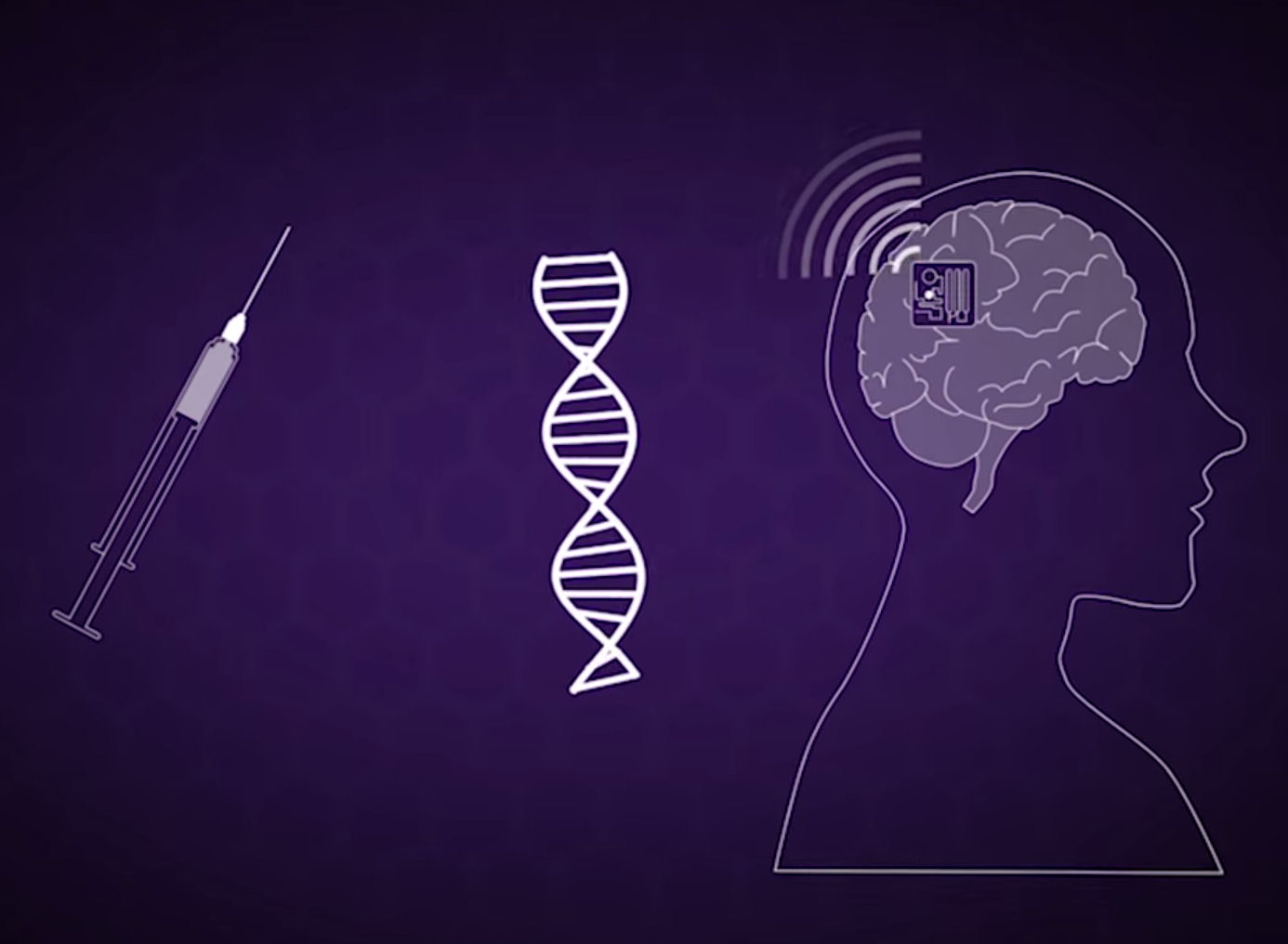Is graphene harmful?
Applications Research 7 October 2015
At The University of Manchester many areas of graphene research are studied: composites and coatings, electronics, energy storage… One field of research, currently being conducted here is biomedical applications.
Although within the initial stages this area of graphene research has the potential to make a significant impact on people’s lives through drug delivery, cancer therapies and biosensing.
Dr Cyrill Bussy, a researcher and lecturer in the Nanomedicine Lab at the University talks to us about his current research and life at The University of Manchester.

Can you describe how your work relates to graphene?
I really look at the safety of graphene, so I’m trying to understand if there are any ways that graphene or its derivatives could be harmful to human health. My research is about mimicking the potential applications of graphene, to see if inhalation, exposure on the skin, etc., could have an impact on the human body. In principle, graphene – if released as an airborne particle – may pose the same kind of risk as other particles present in the environment around us. I am trying to understand whether graphene could be more damaging for lungs than particles from the motorways for instance.
Is this a big area of the research around graphene?
In Manchester there is a lot of work on applications for graphene. There is also research on bio-medical applications for graphene, so I’m looking both in terms of environmental or occupational exposure and bio-compatibility, when you want to use graphene in the human body, at the surface of implants for example. When you want to use a material in the body, the first question you must ask is “Is it safe or not?”

How does the University of Manchester’s work on graphene fit with research in the wider world on this material?
Everything is just beginning in this field, so it’s difficult to tell how things will develop. In terms of my work around the safety of graphene, that’s a mandatory question that must be answered before any product is released, so this is definitely needed. Work on graphene safety is performed everywhere in the world, it is also part of the large European project called Graphene Flagship.
What do you most enjoy about your research? What drives you?
Finding interesting and not expected results! If you can only find very basic reactions when you expose tissue to the specific material, it can be boring. But when you start to see something that is kind of unique, where the results are not flat, that is really interesting, and then we try to find out what’s really going on.
What inspired you to get into science in general, and this field specifically?
I always knew that I wanted to do research. Even when I was training to be a medical doctor, I was planning to be able to use that training to do research. In terms of working on graphene, it’s a long story! I was studying the toxicology of heavy metals, then I moved to bio-compatibility of materials, and nanotechnology was already being used – nano-coating, etc. – so that’s how I started to learn about nanomaterials. I then started working on carbon nanotubes, and that led naturally to graphene.
Where do you see the graphene industry going in the next five years, and also in the next twenty years?
In five years, the immediate applications will have no boundaries. This is where you can produce applications that don’t need approvals processes from the authorities. All the biomedical applications though, even if they look very positive, will take more like ten to twenty years to work through those processes. Even the biosensors will need approvals that will take some time to agree.
In the short term, graphene in composites will be the big area of growth. This is graphene as part of a compound, for instance mixed with a polymer, which becomes more resistant to heat, electro-conductive, stronger etc. Carbon fibre will probably be replaced by graphene in this way, for example in the tyre industry. This is already the case for many sporting goods.

Are you optimistic about graphene’s development and application in the areas that you work with?
That’s really a guess of course. It’s hard to know how the pharmaceutical companies will work with graphene, following research like mine. You need to show something that is really better than what they already have.
And finally, how do you find being based in Manchester and working at The University of University?
There is a lot of support for new lecturers like me – The fact they have a proper program to support new academics is very useful. Also there are good connections between the different departments and faculties, which is not something we had when the Lab was based in London. In this way, we were more isolated. Here even if you are based in one building, you can easily have connections with other departments. When I’m looking for new cells to do cell culture, for example, I just email a message out and people respond from places even far away in the MRI hospital.





Leave a Reply